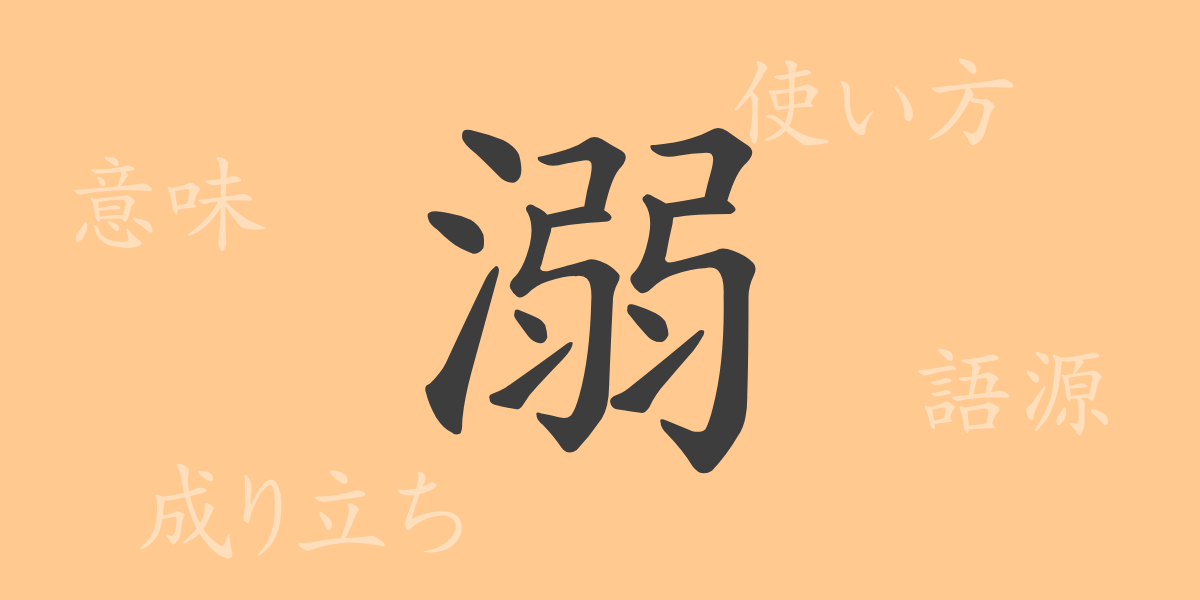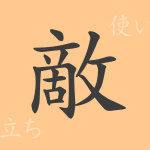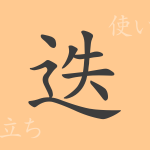Japanese culture is deeply reflected in its language, enriched by numerous kanji, each with unique meanings and histories. This article focuses on the kanji ‘溺(デキ)’, exploring its origins, contemporary uses, and related phrases. Though not commonly seen in everyday life, understanding ‘溺’ can enhance one’s grasp of Japanese significantly.
Origins of ‘溺(デキ)’
The kanji ‘溺’ originated in ancient China, composed of the radical ‘氵’ (さんずい) representing water, and ‘弱’, indicating sound. It initially described dangers related to water, especially drowning. Over time, ‘溺’ evolved to include metaphorical uses, depicting deep immersion in something, whether literal or figurative.
Meaning and Usage of ‘溺(デキ)’
‘溺’ primarily conveys excess or deep affection, as seen in terms like ‘溺れる’ (to drown) and ‘溺愛’ (dote on). It can also imply failure or danger, often illustrating deep attachments or the negative aspects of overprotection.
Readings, Stroke Count, and Radical of ‘溺(デキ)’
Understanding the readings and structure of ‘溺’ can deepen comprehension:
- Readings: On’yomi ‘デキ’, Kun’yomi ‘おぼれる’.
- Stroke Count: 13 strokes.
- Radical: ‘氵’ (さんずい).
Phrases and Proverbs Using ‘溺(デキ)’
‘溺’ features in various idioms and proverbs, each rich with meaning:
- 溺愛(できあい): Excessively doting on, usually a child, to the point of spoiling.
- 溺死(できし): Death by drowning.
- 溺れる者は藁をもつかむ: A proverb meaning a drowning person will clutch at a straw, symbolizing desperation.
Conclusion on ‘溺(デキ)’
The kanji ‘溺’ captures concepts related to water and deep immersion. Used in various contexts within the Japanese language, it enhances the expression of complex ideas through idioms and phrases. As a common kanji, understanding ‘溺’ provides a significant step in deepening one’s knowledge of Japanese language and culture.

























